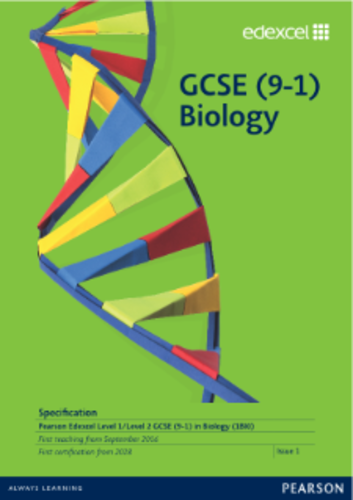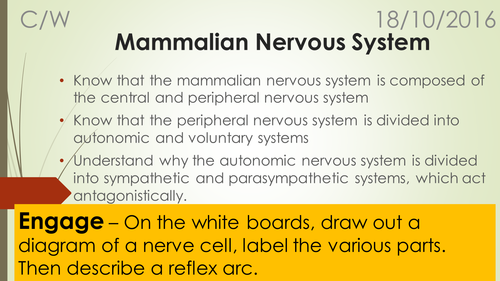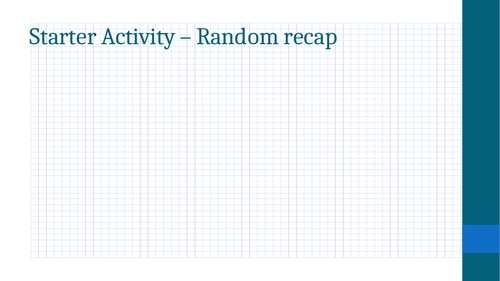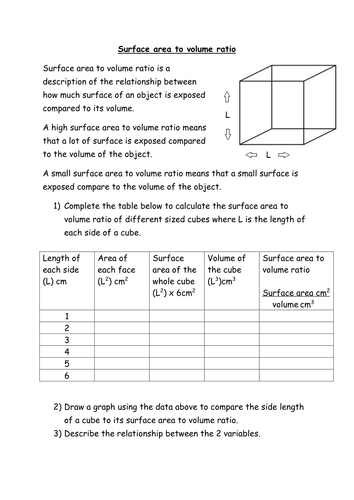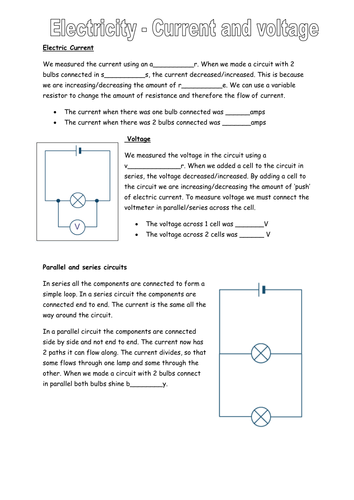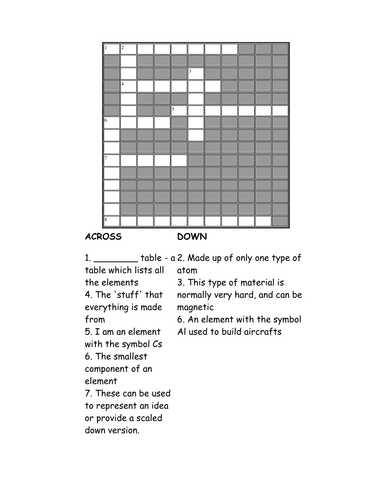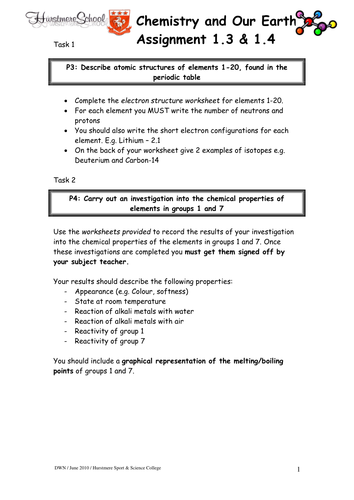Just teach it
Resources provided range from GCSE Science to A-Level Chemistry and A-Level Biology. All the resources provided are ready to go and should require minimum adjustments. They contain activities for students to complete within each powerpoint.


